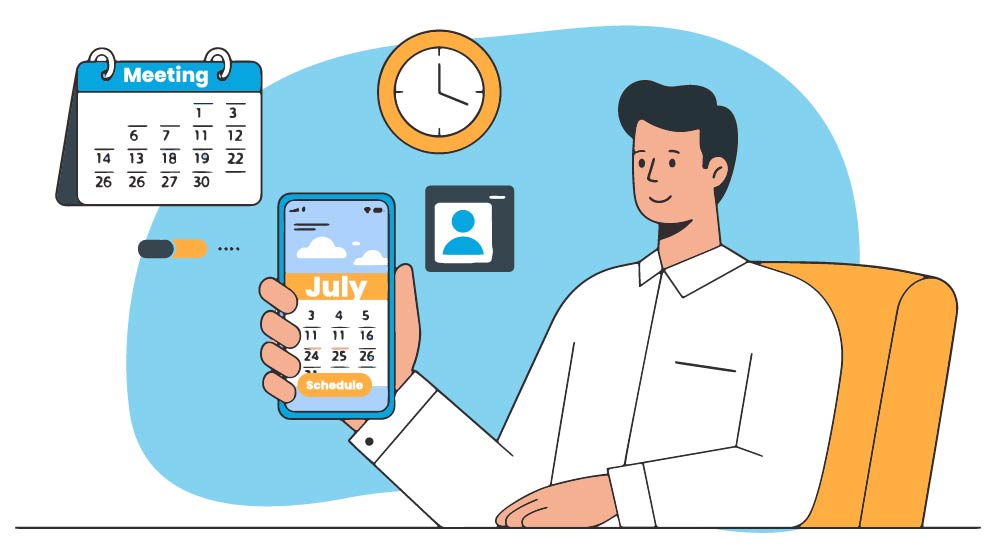Course Development
Manages and delivers educational courses with tracking and administrative tools
- Our Development Focus:
- Interactive Learning – Rich multimedia content with hands-on applications
- Gamified Experiences – Motivation-driven design with rewards and achievements
- Custom Solutions – Tailored content matching your learning objectives
- Practical Application – Real-world scenarios and simulations
Our expert team combines instructional design expertise with creative storytelling to develop courses that not only inform but truly engage and motivate learners.
Elevate your learning content with cutting-edge instructional design and engagement features that ensure maximum knowledge retention and learner success.
- Advanced Learning Elements:
- Scenario-Based Learning – Real-world case studies and decision-making simulations
- Adaptive Assessments – Progressive difficulty based on learner performance
- Interactive Exercises – Hands-on practice with immediate feedback
- Gamification Framework – Points, badges, and leaderboards for motivation
- Engagement Enhancers:
- Branching Scenarios – Multiple learning paths based on user choices
- Progress Tracking – Visual learning journey maps
- Social Learning Tools – Peer collaboration and group activities
- Microlearning Modules – Bite-sized, focused learning units
Experience how our interactive courses transform learning across different sectors and training needs.
- Corporate Training Excellence:
- Sales Enablement – Interactive product knowledge and sales technique courses
- Leadership Development – Scenario-based management training modules
- Technical Skills – Hands-on software and systems training
- Compliance Training – Engaging regulatory and policy courses
- Industry-Specific Solutions:
- Healthcare – Interactive patient care protocols and medical procedures
- Manufacturing – Equipment operation and safety training simulations
- Banking – Risk management and financial compliance courses
- Retail – Customer service and operational excellence programs
- Professional Development:
- Soft Skills – Communication and teamwork scenarios
- Project Management – Interactive methodology and best practices
- Change Management – Adaptive learning paths for organizational transformation
- Digital Skills – Hands-on technology adoption courses
- Why We’re Different:
- End-to-End Solution – From instructional design to final implementation
- Expert Course Designers – Experienced learning specialists and subject matter experts
- Integrated Ecosystem – Seamless compatibility with our LMS and video tools
- Results-Driven Approach – Focus on measurable learning outcomes
The Complete Learning Package:
Get everything under one roof – professional course development, engaging video content, powerful delivery tools, and a robust LMS platform. Our integrated approach ensures your training isn’t just well-designed, but effectively delivered and measured for success.
What We Offer?
We offer complete online digital course creation services allowing our customers to get complete courses developed and have them set up on your e-learning system ready for learning/training. Our course development services include
– Studio recording of teacher/trainer lectures
– Creating interactive video
– 2D Animation
– Digitization of notes, PowerPoints, and reading material
– AI-based teacher/trainer lectures
– Developing engaging content & games
– Setting up quizzes and assignments
– Gamification of learning process

Type of Content
Doodle Animation
2D Animation Video
Studio Based Recording
AI Based Lectures
Interactive Video
Collaborative Video
Interactive Powerpoint v1
Interactive Powerpoint v2
Interactive Content - Process Walkthrough
Interactive Content - Shoe Display Game
Interactive Content - Organization Chart
Interactive Content - Injection Procedure
Interactive Content - Parts of Brain
Interactive Content - Drag & Drop
Interactive Content - Multiple Choice
Interactive Content - Matching Content
Ready to Explore Further?
Connect with Us: Understand how our team can add value to your business!

